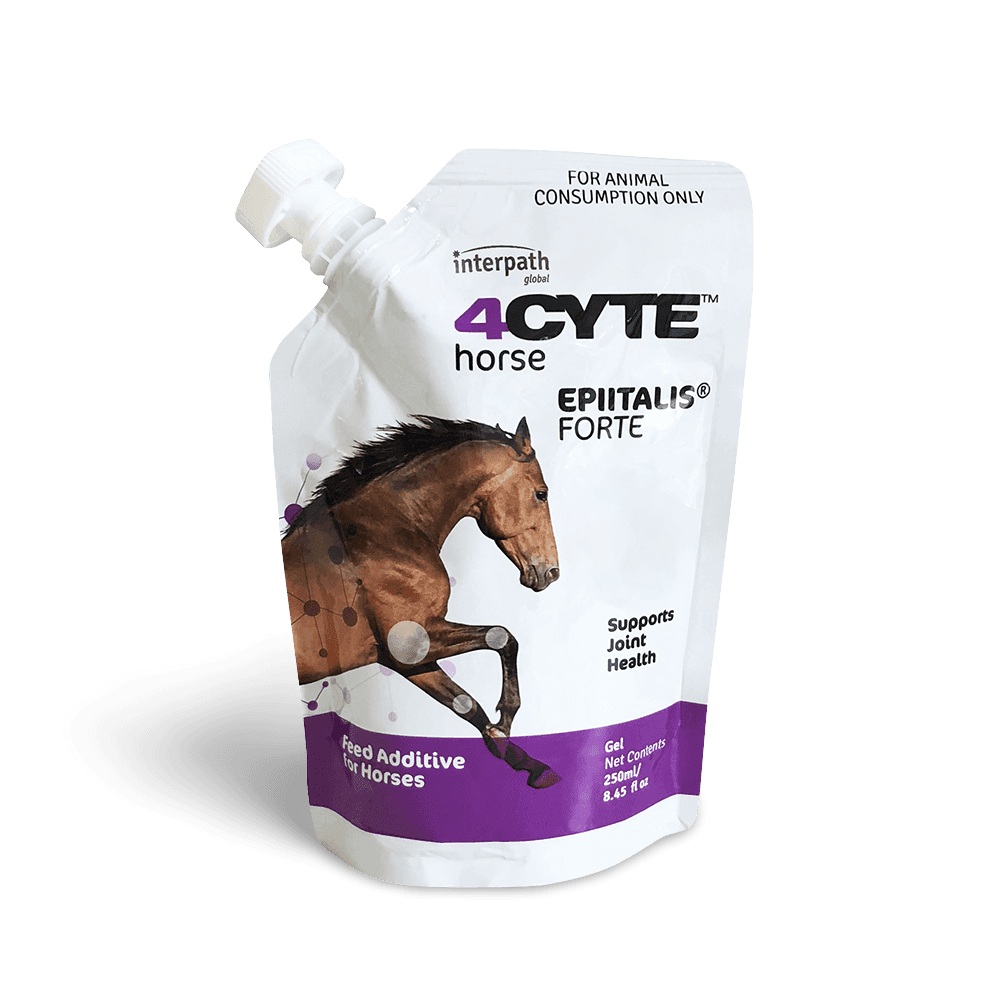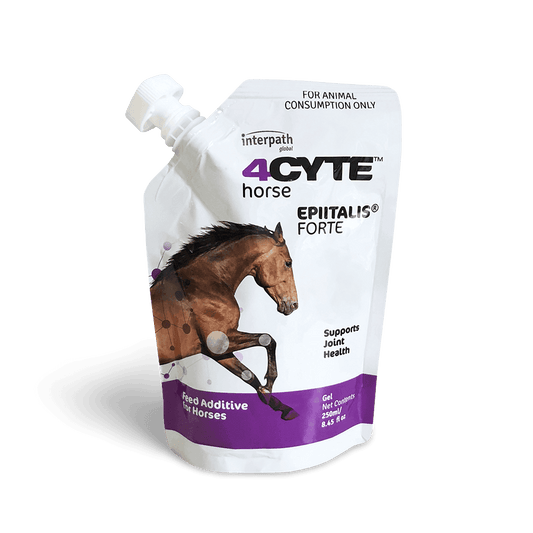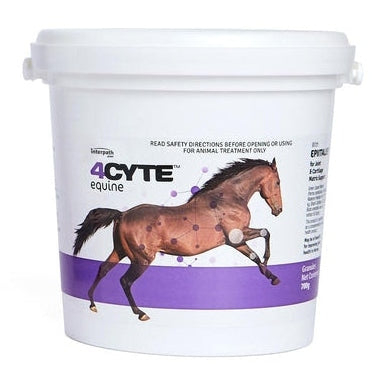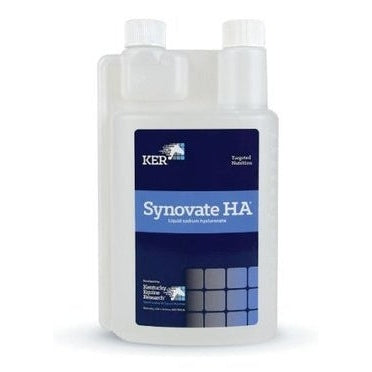
Equine Arthritis
-

Combat Painful Symptoms
Equine osteoarthritis – which used to be known commonly as degenerative joint disease – is a leading cause of equine lameness. The disease normally affects the leg joints or the synovial joints, including the hock, fetlock, pastern, coffin, stifle and knee. It can also involve the horse’s neck and back.
-

Reduce Inflammation
It’s a chronic, degenerative disease that results in inflammation of the connective tissue that allows the joint to move smoothly and absorb shock from movement. The cartilage at the joints doesn’t get its own blood or nerve supply, which means that once it’s damaged, it can’t rebuild itself. Because of this breakdown, a horse’s joints will experience more friction and inflammation, causing pain, stiffness and potentially, lameness.
-

Treat With Purpose
Whilst not reversable, reining in the pain and stiffness of equine osteoarthritis is possible with support, including a treatment plan from your veterinarian.
Equine arthritis
What is Equine Arthritis?

What is arthritis?
Equine arthritis, particularly osteoarthritis, is a common and painful condition in horses characterised by joint inflammation and cartilage degradation. It can lead to lameness, stiffness, and decreased performance. While there's no cure, various management strategies can help improve a horse's quality of life.
What causes arthritis?
- Wear and tear: Age, repetitive strain from work, and high-impact activities like jumping can contribute.
- Joint injuries: Fractures, ligament or meniscus tears can lead to arthritis.
- Infection: Septic arthritis can develop after injections, injuries, or surgery.
- Poor conformation: Abnormal joint structure can increase stress and predispose to arthritis.
How do i know if my horse has arthritis?
Some common sigs of arthritis include.
- Lameness: Altered gait, difficulty bearing weight on affected limb.
- Stiffness: Particularly noticeable after rest, may improve with exercise.
- Joint pain: Visible or detectable on palpation and flexion.
- Swelling: Effusion (swelling) in affected joints.
- Reduced range of motion: Difficulty flexing or extending the joint.
- Exercise intolerance: Decreased ability to perform tasks.
Should I consult a Vet?
An accurate diagnosis of arthritis (and which joints are affected) will help you establish a treatment plan and best outcome for your patient. It may also help to judge quality of life, performance prospects and general expected outcomes or causes.
What is included in a veterinary visit?
- Physical and lameness exams: Veterinarians assess gait, palpate joints, and observe movement.
- X-rays: Used to evaluate joint damage and rule out other conditions.
- Other imaging: MRI or CT scans may be used in some cases.
How do joint supplements help my horse?
Joint Supplements are one component of a detailed management plan that may include some of the following
- Exercise: Controlled exercise can help maintain joint health and reduce stiffness.
- Medications: NSAIDs (like phenylbutazone or firocoxib) can reduce inflammation and pain.
- Joint injections: Corticosteroids or hyaluronic acid can provide temporary pain relief and improve joint function.
- Supplements: Glucosamine, chondroitin sulfate, and other supplements may help support joint health. i.e 4cyte, pentosan, hyaluronic acid
- Weight management: Keeping horses at a healthy weight reduces stress on joints.
- Farrier care: Proper hoof trimming and shoeing can help correct gait and reduce strain.
- Environmental management: Providing soft footing and comfortable stalls can be helpful.
- Alternative therapies: Acupuncture, chiropractic, and laser therapy may provide relief in some cases.

Keep your horses performing at their peak with 4CYTE™
4CYTE™ for Horses is scientifically proven to reduce the signs of osteoarthritis in horses. It safely and effectively prevents and treats a range of joint health conditions whilst maintaining and supporting overall joint health to keep your horse sound.
Vet-endorsed and backed by 20 years of research, 4CYTE™ for Horses represents a scientific breakthrough. 4CYTE™ is available in both gel and granules.
4Cyte
4CYTE EPIITALIS GEL
Share

Our Variety of Joint Supplements Are Available To Support Your Horse Perform At Their Peak!
Enhance your horse's well-being with our diverse selection of joint supplements from trusted brands such as 4cyte, KER and EAC. Optimise their mobility and performance.
-
4CYTE EPIITALIS GEL
Regular price From $170.00 AUDRegular price -
4CYTE EQUINE PAIL
Regular price $307.70 AUDRegular price -
KER Glucose-A-Flex
Regular price From $67.40 AUDRegular price -
KER Synovate HA 946ml
Regular price $139.59 AUDRegular price
 is here! Shop now, pay later in 4 easy installments
is here! Shop now, pay later in 4 easy installments







